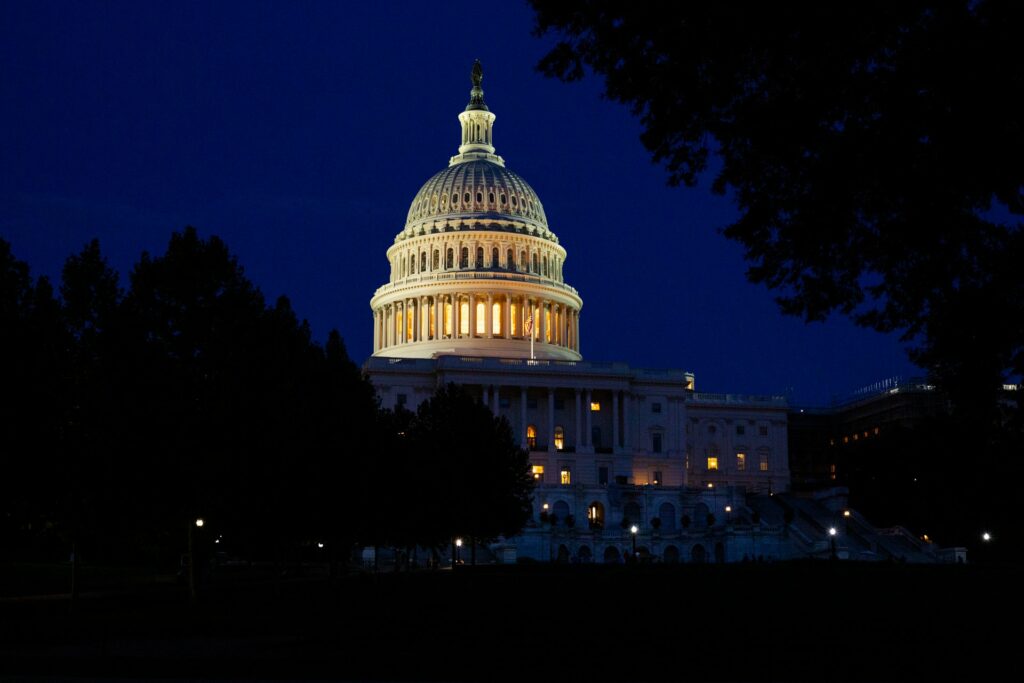
Key takeaways:
- US lawmaker Don Beyer, who introduced the new crypto-focused bill, argues that the blockchain sector needs to be regulated within the existing regulatory structures
- The new bill introduces exhaustive changes to the way cryptocurrencies are regulated and establishes new legal definitions
- Stablecoins and privacy coins to be prohibited, Federal Reserve with greater authority over money transactions
The US might be gearing up for a massive regulatory overhaul of the cryptocurrency industry. The recently passed Infrastructure bill, which received bipartisan approval in the US House of Representatives and later in the Senate, introduced new reporting and record-keeping rules on cryptocurrency transactions. Now, a new bill on digital assets might be passed, which would introduce major changes to the regulatory framework pertaining to a vast majority of digital tokens, fiat-based stablecoins, and decentralized finance (DeFi) protocols.
What is the “Digital Asset Market Structure and Investor Protection Act”?
The “Digital Asset Market Structure and Investor Protection Act”, also known as “Digital Assets Bill”, is the latest legislative proposal that was introduced in the House, which aims to amend the existing US laws and regulations in order to give the government a greater oversight and provide legal tools to clamp down on crypto. The bill that was introduced late in July, will incorporate “digital assets into existing financial regulatory structures,” according to the US representative from Virginia, Don Beyer, the bill’s primary sponsor.

Bitcoin, Ethereum and their hard-forks would be classified as commodities, other tokens as securities
The world’s largest and second-largest coins and their respective blockchain splits, would fall under the commodities laws. Since 2018, the Securities and Exchange Commission (SEC) treats Bitcoin and Ethereum as non-securities. For instance, SEC’s former official William Hinman famously argued that Ethereum is sufficiently decentralized and therefore can’t be considered a security.
Under the new proposal, BTC and ETH would be recognized as commodities, officially named ‘digital assets’. Other digital tokens, would be regulated as securities and classified under a new term ‘digital asset currencies’. Since some crypto assets have properties that make them hard to assign to any of the two groups, commodity or a security, they face the danger of being doubly regulated by both sets of regulations.
The major problem with the new rules is that BTC and ETH futures trading will not be allowed as margin trading of commodities is not permitted, except to high-level investors. Additionally, crypto projects that would be regulated as securities, would have to abide by a strict set of regulations, meaning that digital asset security trading could only take place on regulated exchanges.
Prohibition of fiat-based stablecoins and privacy coins
“No person may issue, use, or permit to be used a digital asset fiat-based stablecoin that is not approved by the Secretary of the Treasury,” the subsection of the new law reads. Getting the approval of the US Treasury will be a tall order, especially when considering the US’s relatively hostile stance towards crypto. It seems that the bill is trying to put a stop to the use of stablecoins, likely due to the fact that their use-case is somewhat similar to the so-called digital US Dollar. More on that later.
The new regulation also outlaws the use of privacy coins, such as Monero, and proposes sanctions of up to $250,000 and up to five years of imprisonment for their users. Additionally, anonymizing services, such as those based on the Mixer, CoinJoin and CoinSuffle technologies are also prohibited and sanctioned in the same way as privacy tokens.
Changing the definition of money and laying the groundwork for CBDCs
The bill’s language flat out makes it impossible to use private cryptocurrencies as legal tender, since the newly established crypto classifications, namely ‘digital assets’ and ‘digital asset securities’, are specifically excluded from the US Code on Money and Finance as a part of new amendments.
The new legislation also lays the groundwork for the digital US dollar, a central bank digital currency (CBDC), which would grant the Federal Reserve the authority to issue a form of digital USD and to track all transactions of the new blockchain-based Federal reserve note.
Other major countries are also working towards the goal of issuing their own version of CBDCs, with China including the creation of digital Yuan in its latest five-year plan, and the European Union working to bring a digital EURO to fruition.
Bottom line
Among the more important aspects of the new bill, which we haven’t covered in the above sections, is the proposed regulation of smart contracts that are longer than 24 hours as futures contracts. The 58-page long bill is simply too long and includes too many provisions and new rules to fully cover in a single article.
The bill is currently awaiting a vote in the House and could very likely be amended before then. Let’s hope that if the new crypto-focused legislation does manage to pass the vote in the House, it is an amended version of the bill that helps the industry flourish and not the one that stops it in its tracks.



